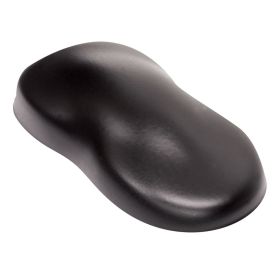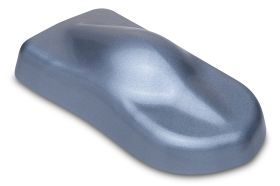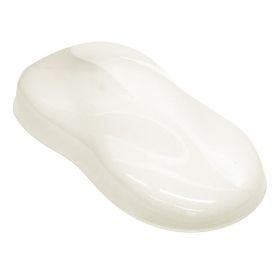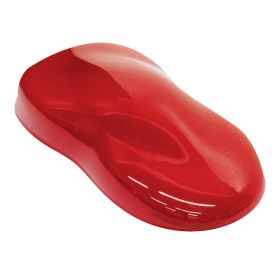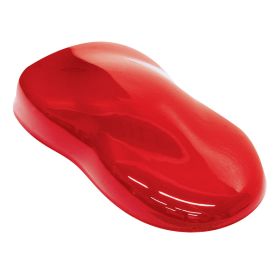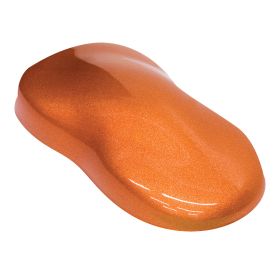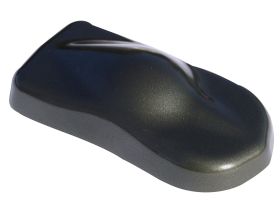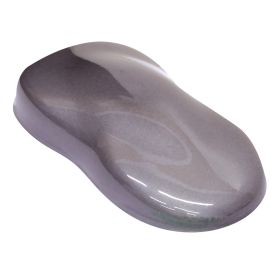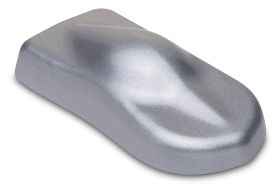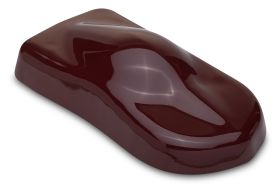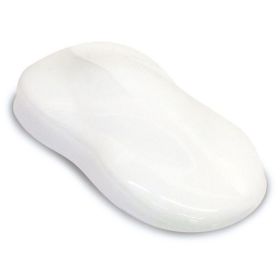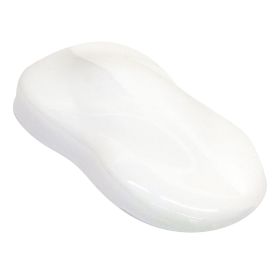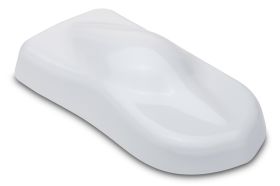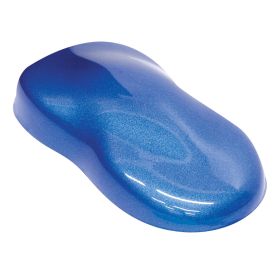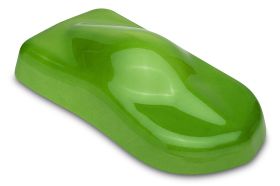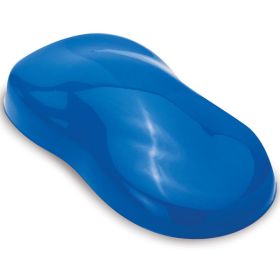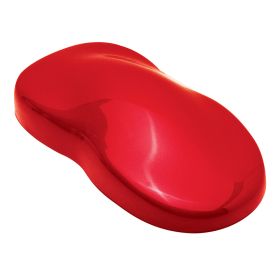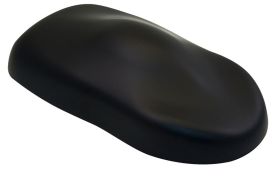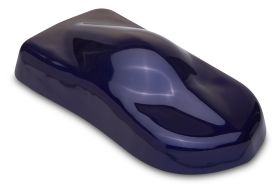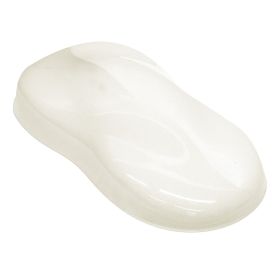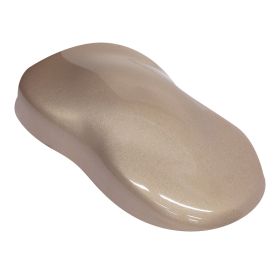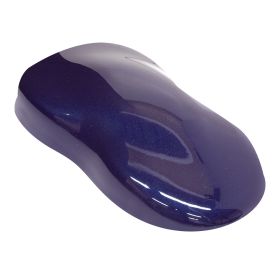
-
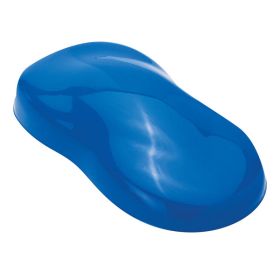 Eastwood 4:1 Coastal Highway Blue - Basecoat - Automotive Car Paint - Gallon
Eastwood 4:1 Coastal Highway Blue - Basecoat - Automotive Car Paint - GallonFrom $374.95
To $380.95
-

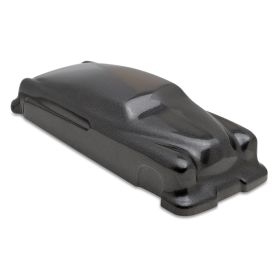 Eastwood 4 1 Tunnel Ram - Basecoat - Automotive Car Paint - Gallon
Eastwood 4 1 Tunnel Ram - Basecoat - Automotive Car Paint - GallonFrom $257.93 Regular Price $257.98
To $260.93 Regular Price $260.98
Eastwood Automotive Finishes
Treat your car to a fresh coat with a high-quality automotive finish from Eastwood. Our 24/7 online store and brick-and-mortar locations are where to buy automotive paint that will Do the Job Right at more affordable prices than other car paint suppliers. We have formulated a variety of solutions for people who want to give their car a new look or need to put the final touches on body repair work. Whether you're a first-time auto painter or an experienced hand, you can find auto paint that's easy to apply and looks show-worthy.
A Beginner's Guide to Car Paint
If you're new to vehicle paint, you surely have a lot of questions about how to go about this project. This basic car painting guide will help you get started. Make sure to visit our resource links below for more information, such as which primer to use or how to mix custom paints. Eastwood is an auto paint store that believes in providing superior knowledge and service with each sale, so give us a call, read up on painting in our tech library or stop by a store anytime you have a question.
What are the two types of automotive paint finishes?
Automotive paint is a complicated subject — far more involved than adding a coat to a wall or siding along your home.
In general, automotive paint consists of a pigment that's dissolved in water or a solvent, allowing it to be sprayed with a paint gun. As amateurs quickly find out, you shouldn't ever paint bare metal. Therefore, a primer to prep the surface is essential as is the clear coat at the end.
Auto paint can be divided into three basic types:
Acrylic Lacquer: This is the original automotive finish used to paint automobiles as far back as the 1920s. Not used as frequently today but far from obsolescent, acrylic lacquer is what you want to use as you're restoring an antique ca, to be true to its original production. It offers a greater degree of shine, but for modern-day vehicles, it doesn't provide the day-to-day protection your vehicle needs from UV rays and bird droppings.
To use acrylic lacquer, it needs to be mixed with paint thinner. The paint thinner evaporates after application but keeps the paint's pigment on the metal surface. With a paint gun, the substance comes out as a finer mist, requiring multiple layers to achieve a substantial coating. As classic car enthusiasts know, you'll need to buff the finish to maintain its shine.
Urethane: This modern car paint is popular among DIYers. Urethane auto paint is more durable than lacquer and dries quickly. It is also versatile; you can spray urethane over almost any other type of paint or primer — even acrylic lacquer! The main disadvantage is that these paints can have a more "plastic" look, especially in less-experienced hands.
You can get both single-stage and two-stage urethane paints. A one-stage finish eliminates the need for a clear coat, making it even easier to repaint your vehicle. The two-stage produces a more visible shine for those who take their car's appearance seriously.
Pearlescent and Metallic Paint: Vehicles from the 1990s to the present tend to use these paint types, although they were introduced as far back as the ‘70s. Pearls and metallics feature flakes, usually aluminum or mica, in a solid base pigment that creates a multicolored appearance. While modern, these auto paints pose a few challenges in application. Instead of targeting an area, you may want to sand and paint a full body panel to eliminate potential lines.
Aside from these three general types, automotive paint includes the following solutions:
Waterborne: Growing in popularity, these auto paints have a lower percentage of solvent and use more water, offering an environmentally friendly alternative.
Solvent: Solvent solutions are more common. They utilize lacquer, urethane or enamel to dissolve the pigment.
These types will be used for solid, metallic, pearlescent and matte auto paints. For custom jobs, learn more about mixing auto paint.
For the full job, you'll also need to have:
Primer: This is what some call the undercoat. No matter the name you want to use, primer prepares the vehicle's metal surface to accept and hold onto the paint. Without it, the paint won't bond and you'll eventually experience adhesion issues, like cracks, flaking, chips and rusting due to oxidation. As a tip, because primer can add a textured look, sand between coats to create a smooth appearance.
Base Coat: This is what gives the car its color. However, if left exposed, it starts to show wear relatively quickly, especially moisture-related damage like rust.
Clear Coat: Also called finish or lacquer, clear coat has no pigment. Instead, it protects the base coat against moisture, UV exposure and general wear and tear. Typically, clear coats are made of urethane or polyurethane, resulting in a glossy appearance after application.
Along with auto paint, here's what you'll need to paint a car.
Do you need to prime a car before painting?
The short answer is, almost always. Primer is essential for avoiding adhesion and rusting issues down the road, especially if you'll be painting on bare metal. Ultimately, primer acts as a bonding agent.
Yet, it's not always a must-use. Some say to avoid primer if you'll just be sanding the paint down slightly. Furthermore, if you'll be painting on plastic — for instance, your car's bumper — there's no need to apply primer before the base coat.
Primer, as a note, can create a ridged or bumpy appearance. To avoid this, wait for each coat to dry, then sand the surface with fine-grain sandpaper before applying the next coat. You'll want to do this until you're ready to apply the base coat.
Is it your first time painting your vehicle? Get started with these tips to avoid common mistakes, and learn more about different types of primers.
How to get the best shine on your car?
"Shine" begins with the car's paint and extends to the detailing and care.
To start, aspects like paint quality and surface contamination decrease the shine. Unfortunately, the more you drive around — and the more your car is exposed to moisture, UV rays, bird droppings, road tar and bugs — the less shine it ends up having. As you maintain your car, you can use clay to remove some of the contaminants.
As a second factor, polishing is key for reducing the appearance of scratches, small pits, swirl areas and other superficial blemishes. To maintain the appearance, you can use a scratch remover or polish on the surface.
The sealant also contributes to the shine, protecting the paint against the elements. No matter the formula, you'll want to apply it by hand with a microfiber cloth to the surface.
As the final step, waxing is essential not just for protection and helping the paint last but also for maintaining the vehicle's shine. Some auto enthusiasts prefer a carnauba formula, but at a minimum, wax the car seasonally to help preserve its glossy appearance.
Resources
Which primer is right for your job?
Homemade log splitter finished with Eastwood paints.
Refinish aluminum wheels.
Refinish a turbo with Eastwood powder.
Auto painting tips and tricks.
Auto painting FAQs.
What do I need to paint a car?
Easiest way to mix custom paint.
What is polyester primer used for?
How to make a paint job last longer.





